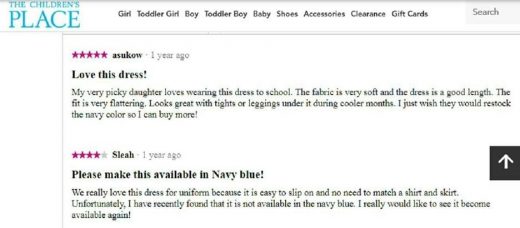How to Optimize Your Product Pages for SEO
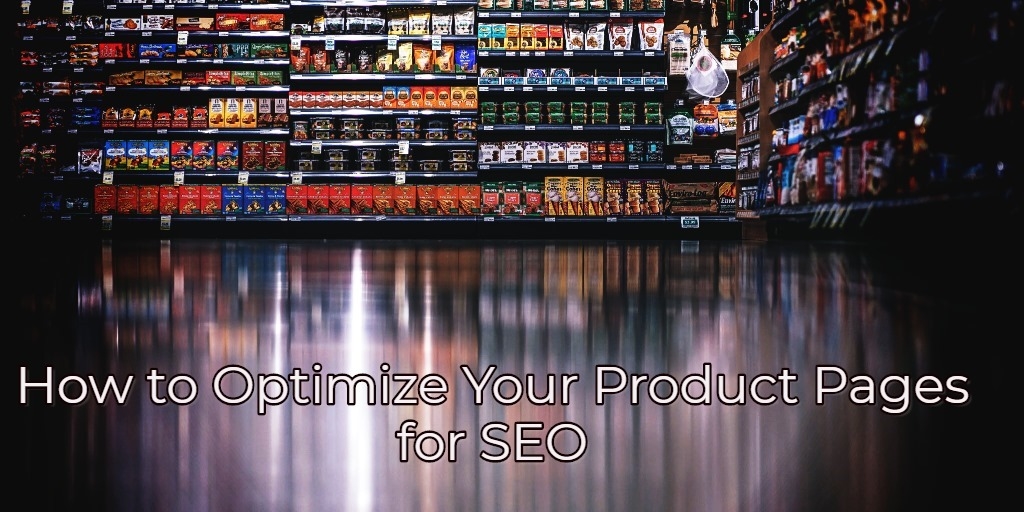
In an ideal world, it should go without saying that product pages for ecommerce stores are important for making more sales and by extension, money. Sadly, many marketers have made millions of dollars from selling shortcuts to making money on the internet, and as a result, some ecommerce store owners today believe that there are shortcuts to optimizing their product pages so they can make sales faster. That’s why you’ll find some store owners who just copy and paste product descriptions from other stores, reasoning that it’s faster, and it’s the same product after all.
Nevertheless, as a reader of this blog, which means you’re a savvy marketer, you know such a “shortcut” is dangerous, and can affect SEO of such products’ pages. So what are some best practices for product pages? Here are important ones you should consider:
1. Follow Conventional SEO Wisdom
Before any optimization for SEO begins, it’s pertinent to know what words buyers are using to search for your products. That’s why keyword research is a basic SEO principle you shouldn’t skimp over. It will help you know what terms from customers will attract higher search traffic.
Several SEO and keyword research tools exist and most are paid tools like Moz, Ahrefs, SEMrush, or Majestic.
Ubersuggest, however, is a completely free keyword suggestion and SEO/PPC optimization tool that can help you with most of what the other tools do without the need to even login to Keyword planner or pay.
For example, if you type in the keyword “men’s suits,” you’ll initially see the search volume, CPC (Cost per Click), and competition. The closer the competition is to 1, the more competitive the keyword will be, and the more expensive the CPC will likely be.
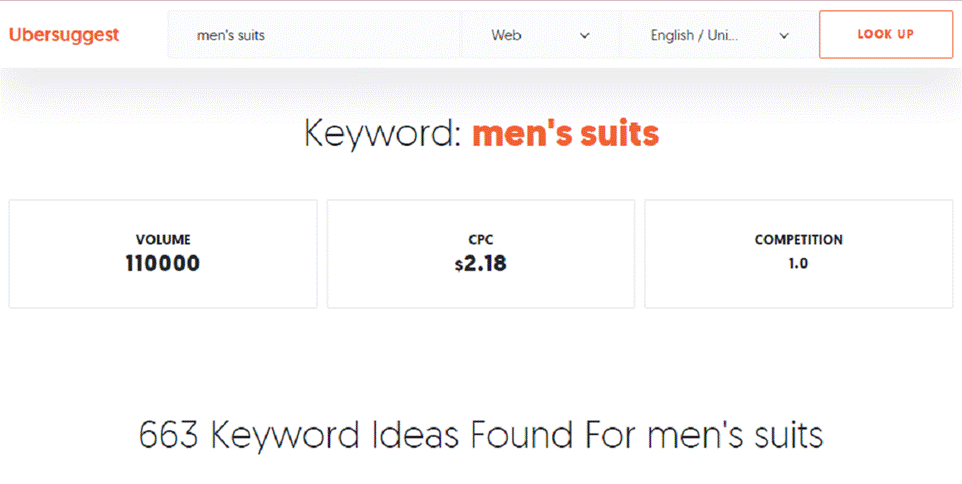
When you scroll further, you’ll see the keyword suggestions (you can choose to see suggestions from the Google Keyword Planner and/or Google Suggest), their costs-per-click, and the competition.
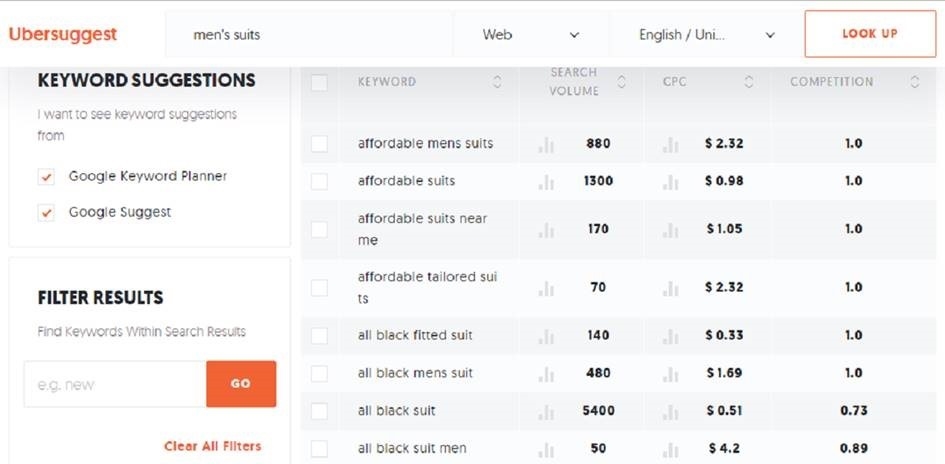 Lesson: “Men’s suits” is too competitive
Lesson: “Men’s suits” is too competitive
When you’re through, incorporate long tail keywords from your research into your product descriptions. Other conventional SEO tips you should follow include:
- Optimize your title tags and use unique meta descriptions
- Use descriptive headers for clarity
- Link to internal pages to create a good internal linking structure
- Use image alt attributes
- Never copy product descriptions from other sites
- Use rich snippets
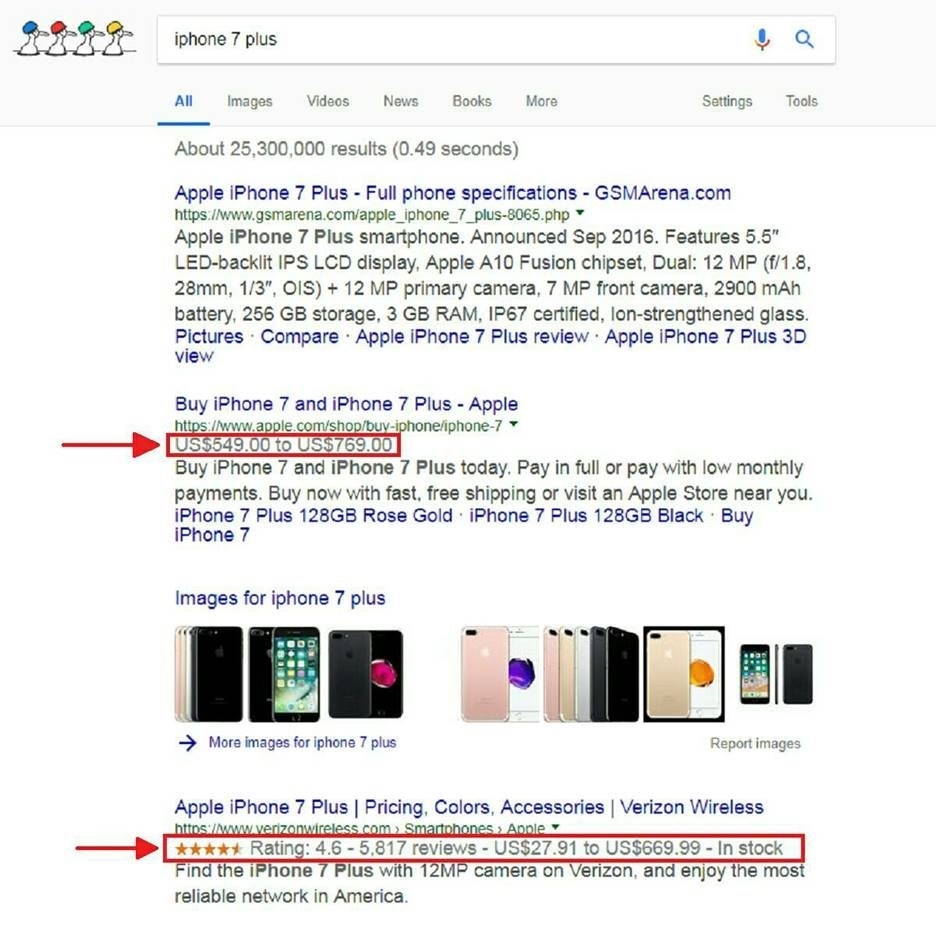
Let reviews, price, and availability of a product show up in the search results. You’ll be surprised how much of an edge this gives you over your competitors.
As you’ve seen above, most SEO advice you already know is still applicable to product descriptions.
2. Use Data
Without data in marketing, taking most actions would feel like groping in a dark room. Thankfully, it’s not.
When you use data, there’s a lot you can uncover. Data will help you understand your customers better so you can provide their needs in terms of content on your product pages.
For example, ecommerce store Elucx caters to an English and French-speaking demographic in Canada and USA, so they choose to have content simultaneously in both languages.
 |
If you haven’t already done so, set up Google’s Enhanced Ecommerce tracking on your site. It will help you uncover hidden details you’re probably missing:
- Product impressions tell a story: You can see products that are viewed more but sell less. This is probably a sign that the product’s description does not speak to the heart of customers, the product is too expensive, or the product’s images are not high quality, thus not convincing enough.
- Insights on promotional banners: You can track promotional banners and decide which banner(s) should be more conspicuous on your homepage.
These are just examples, but there’s more you can do with Enhanced Ecommerce tracking on your site. Also, those features may seem trivial, but it takes added importance when you remember that if your product pages have a high bounce rate, it will affect its rankings. Your choice of an ecommerce platform can also determine how easily or how well you use a feature like Enhanced Ecommerce tracking (here’s an infographic from the folks at Lodlois to help you choose an ecommerce platform wisely.)
Always remember that depending on what you sell, your audience will vary widely across countries, devices, age groups, and so on. Use data to see how best you can serve them to also improve your store’s onsite behavioral data for SEO.
3. Be Consistent
Elucx may be doing well by offering content in two languages simultaneously, but as you see there, not all content on the page is served in two languages. That’s inconsistent.
There should be consistency in all parts of your ecommerce site, from design to content. If your brand has a humorous or quirky tone of voice, it should be evident in all the content on your site. Some parts of your site should not read like your brand’s tone of voice while another part sounds different too. Other branding tips are:
- Sell high quality products
- Choose your target market carefully
- Be selective with product distribution
- Make sure your design elements fits your brand’s image
- Market in places that attract your target market
- Reach out to influencers
Additionally,you may consider it a wise investment to hire an ecommerce copywriter to help you with product descriptions on your site, especially if you have neither the time nor skills for such an undertaking. And hire a professional web developer too, except you’re one, to help with your store’s design to ensure that your site’s information architecture is consistent.
When your site’s information architecture is horrible, these are the resulting problems:
- More duplicate or competing content in SERPs
- Increased crawl budget
- Bad internal linking and poor pagerank flow
- Lower user satisfaction and decreasing KPIs
- Distributed topical authority
Consistency will avoid all these problems.
Here are other SEO guidelines for your product page:
4. Include Product Reviews
Allow customers to drop feedback on, and rate your products. It may not all be positive 5-star reviews, but that adds legitimacy to the reviews too since sleazy store owners pay for positive reviews these days.

Here are some reviews of a dress on The Children’s Place.
5. Add High Quality Images/videos
High quality images are appealing to the eyes and can convince customers of the quality of your products. Include several photos of the product in different positions or angles in a photo gallery.
Don’t neglect videos. They increase average order value by as much as 50 percent, and customers are 64% to 85% more likely to purchase from you after watching a video. Add videos that answer some questions customers may have or show the products in use.
6. Include Product Customization Options And Outstanding Calls-to-action
Calls-to-action are subjects of constant testing by marketers. High-converting colors are even debated in some marketing circles. But the truth is that you can’t tell precisely what color(s) will work or are working for you without testing them.
What’s often a best practice is that your calls-to-action should stand out more than other elements of the page.
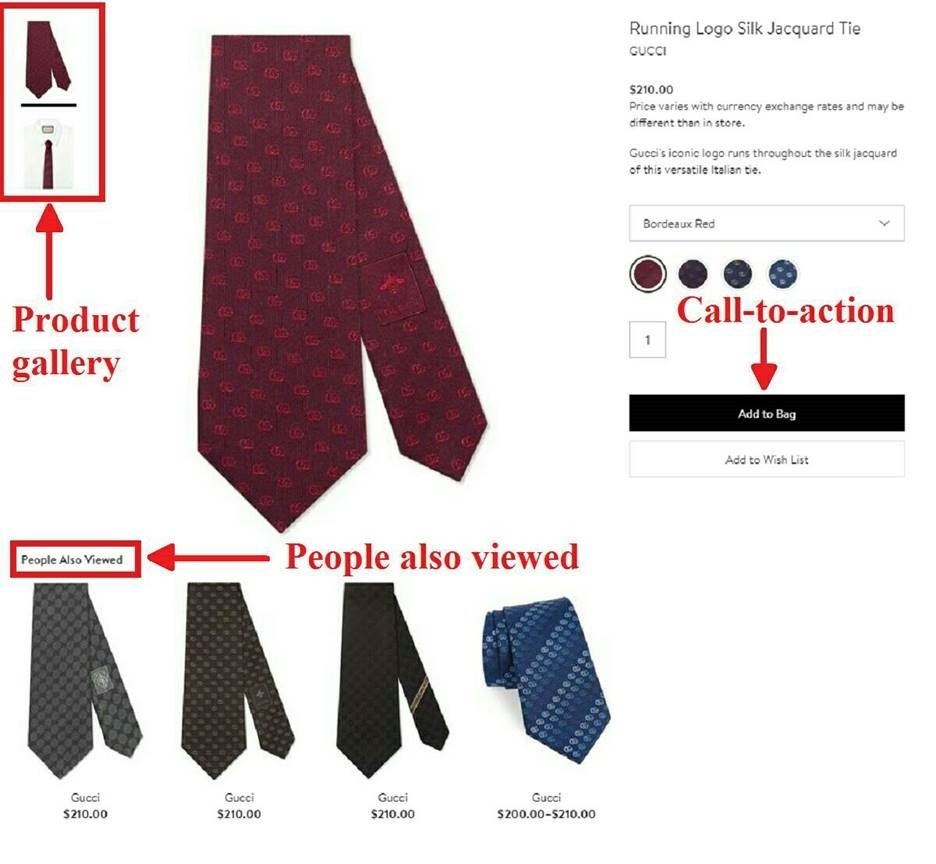 |
Nordstrom’s product page
Whenever possible, allow customers to see if they can purchase your products in other shapes, colors, or sizes.
7. Improve Your Page Speed
According to Google itself, page speed is a ranking signal. Use Google’s PageSpeed Insights tool to discover recommendations for increasing your site’s speed. Other recommendations include using a CDN and compressing bloated files like product images.
8. Include Product Suggestions
Terms like “others also viewed,” “others also liked,” “you may also like,” or “related products” are great for upselling and/or cross-selling customers. They will improve overall time spent on your site which is good for SEO.
Don’t Neglect Your Product Pages
You did not set up your ecommerce store to live in obscurity on the web. Improve it’s visibility and ranking on search engines by applying these best practices.
Whatever you do, don’t forget to carry out tests and experiments. It will ultimately help you to stick with what’s working or ditch what isn’t working on your site and increase your profits.
The post How to Optimize Your Product Pages for SEO appeared first on Search Engine People Blog.
(78)

